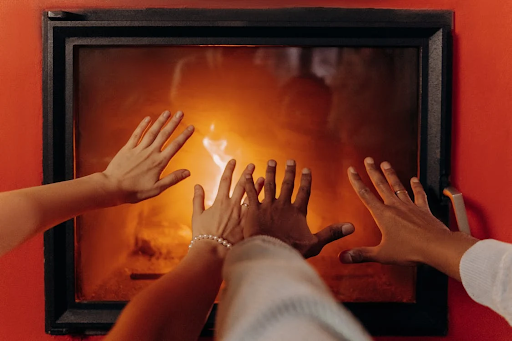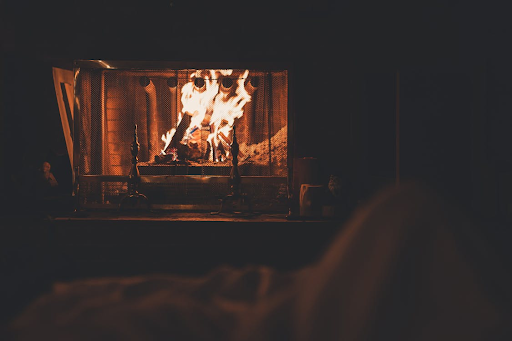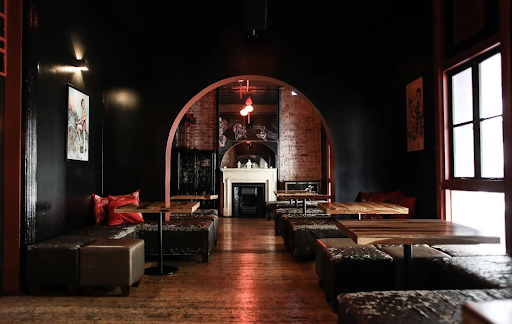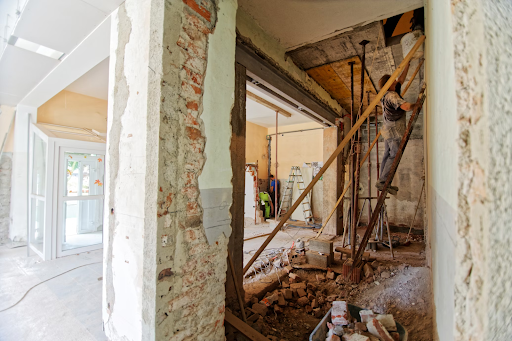If you’re planning a home renovation and dreaming of cozy nights by the fire, a wood-burning stove could be the perfect addition.
Besides adding warmth, wood stoves offer a rustic charm that enhances the atmosphere in any home. However, with so many styles and models available, choosing the right wood-burning stove with all its components can feel overwhelming. For example, how can you understand that a DuraVent stove pipe is the right choice for safe and efficient ventilation? Here’s a guide to help you find the perfect wood-burning stove for your space.
1. Know Your Space and Heating Needs

The first step in choosing a wood-burning stove is understanding the size and heating requirements of your space. Stoves vary in size and output, and the best fit depends on the size of the area you want to heat. Generally, larger rooms need stoves with higher BTU (British Thermal Unit) outputs. For smaller rooms, a stove with lower heat output is ideal to avoid overheating.
In addition, consider the layout of your home. Open-plan areas allow heat to flow more freely, while closed-off rooms might restrict it. Calculate your heating needs based on square footage, or consult a professional for a precise estimate.
2. Decide on the Type of Wood Stove

Wood-burning stoves come in various styles, each with unique features and benefits:
- Traditional Cast Iron Stoves: Known for their durability and heat retention, cast iron stoves are a timeless choice. They distribute heat evenly and can keep a room warm long after the fire has gone out.
- Steel Stoves: These stoves heat up quickly and offer a more modern look. Though they may not retain heat as long as cast iron, they’re often more affordable.
- Soapstone Stoves: For the best of both worlds, soapstone stoves heat slowly but retain warmth for longer periods. They are typically more expensive, but the energy efficiency can make up for the initial cost over time.
- Pellet Stoves: While technically not wood-burning stoves, pellet stoves offer similar charm and warmth. They burn pellets made of compressed wood and are highly efficient, though they require electricity to operate.
Each type has advantages, so think about which style matches your renovation’s aesthetic and meets your functional needs.
3. Check for Efficiency and Emission Standards

Efficiency is essential for saving on fuel costs and reducing environmental impact. Today’s wood stoves are more efficient than ever, but it’s still important to check the stove’s EPA (Environmental Protection Agency) certification. EPA-certified stoves burn cleaner, produce fewer emissions, and waste less fuel. Look for a stove with a high-efficiency rating, as these models convert more of the wood into usable heat, leaving less smoke and ash.
Non-catalytic stoves are often simpler to maintain and are efficient enough for many households, while catalytic stoves can reach even higher efficiency levels but may require more maintenance. Both types can provide excellent heating with minimal impact on the environment.
4. Think About Style and Placement

A wood-burning stove isn’t just functional—it’s a design statement. Think about the style and color that will suit your renovation best. Many people choose classic black or dark gray stoves, but modern models come in a range of finishes and colors, from sleek silver to bold red. Consider the decor of your room to find a stove that complements it.
Placement is another key factor. The stove should be installed in an area that maximizes heat distribution without compromising safety. Some homes have existing chimneys, which may dictate the placement of the stove. In other cases, you might need to add ventilation pipes, which can impact the layout of your space. Consult a professional to ensure you comply with building codes and to optimize both safety and aesthetics.
5. Set a Budget and Plan for Installation

Wood-burning stoves come in a variety of price ranges. While it’s easy to get carried away with high-end models, there are plenty of options to fit different budgets. A basic steel stove might cost around $1,000, while a high-end soapstone model could be $3,000 or more. Don’t forget to budget for installation and any necessary accessories, such as hearth pads, stovepipes, and safety barriers.
Professional installation is highly recommended, as it ensures safety and compliance with local regulations. Proper installation also enhances efficiency and prolongs the life of your stove.
Safety Tips for Using Your Wood-Burning Stove
Once you’ve selected and installed your wood-burning stove, it’s important to use it safely. Make sure your room has adequate ventilation to prevent smoke buildup. Use only dry, seasoned wood to minimize creosote buildup, which can lead to chimney fires. Finally, clean your stove and chimney regularly to maintain efficiency and reduce fire risks. A well-maintained wood stove not only warms your home but also adds to its ambiance for years to come.
Final Thoughts
A wood-burning stove can be the perfect addition to your home renovation, offering warmth, charm, and even cost savings on heating. By considering your heating needs, stove type, efficiency, style, and budget, you’ll be well on your way to finding the ideal stove. With the right stove, your home will become a cozy retreat all winter long.